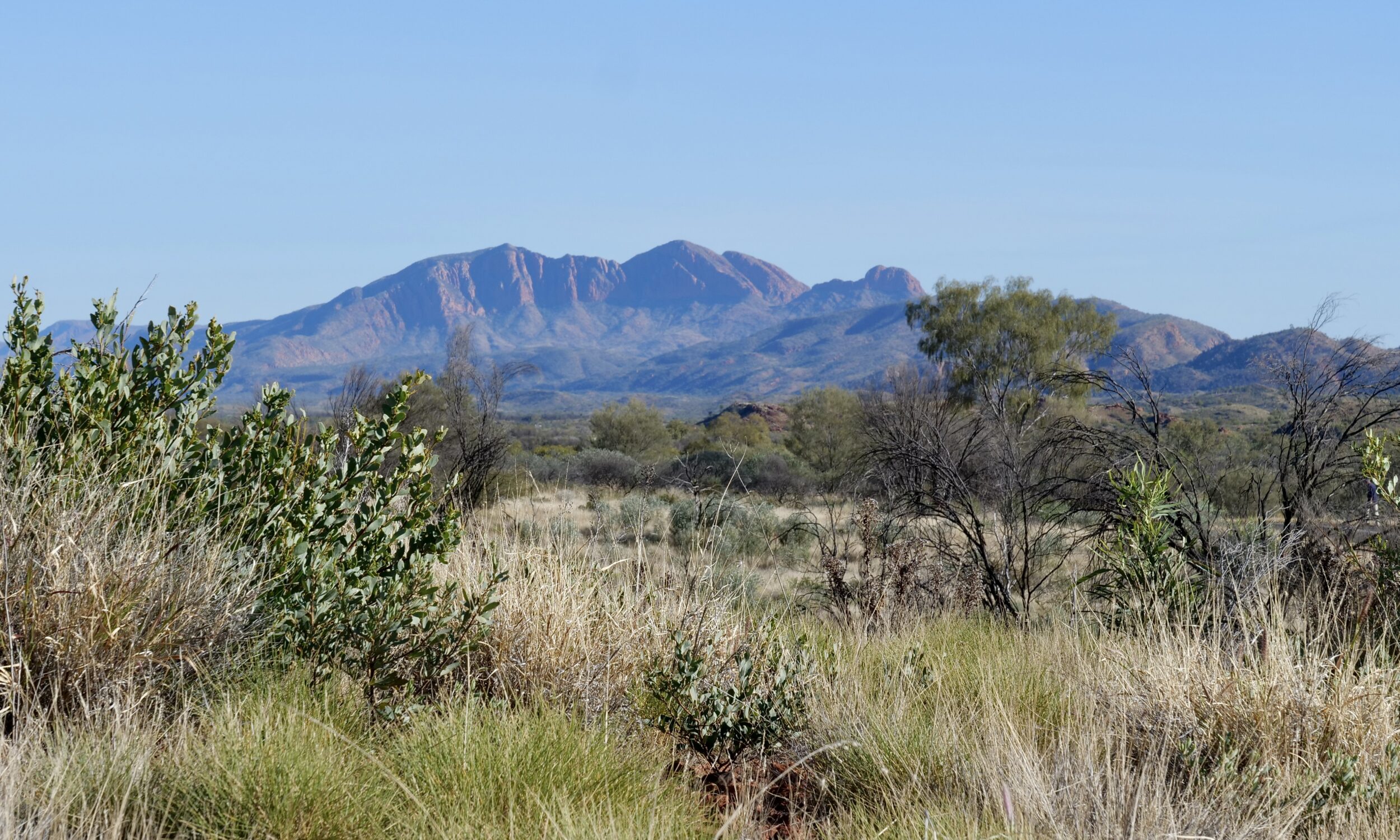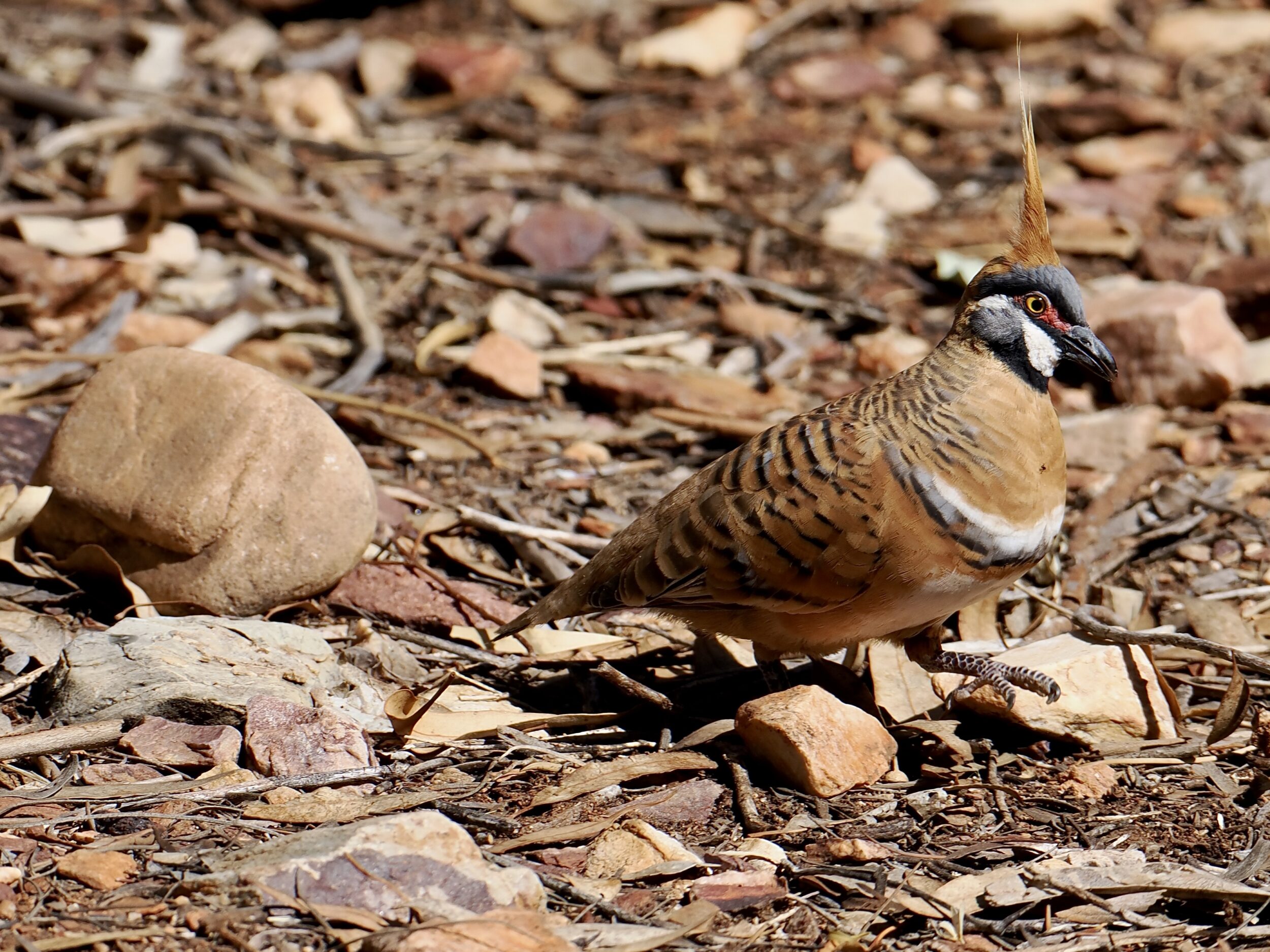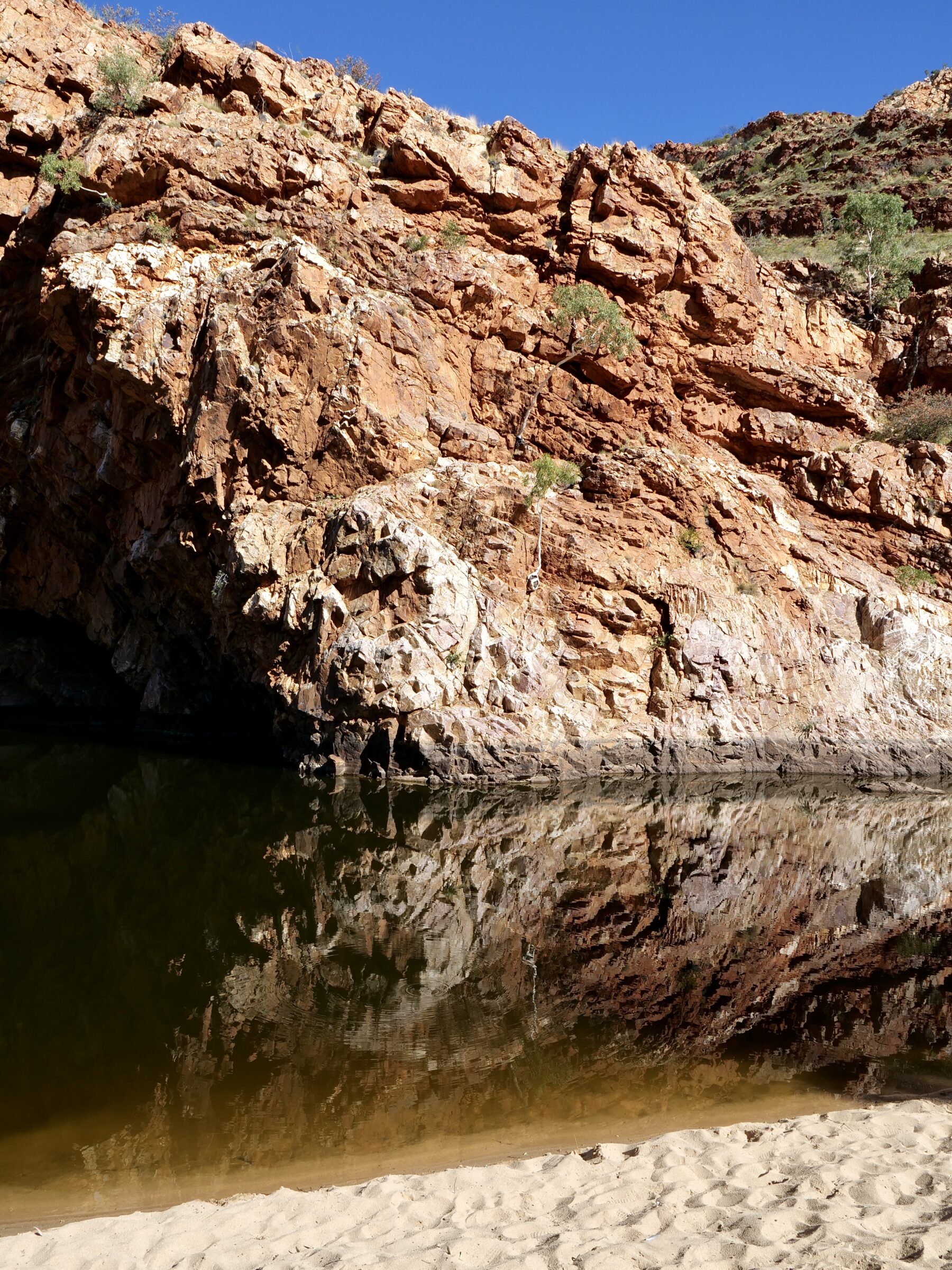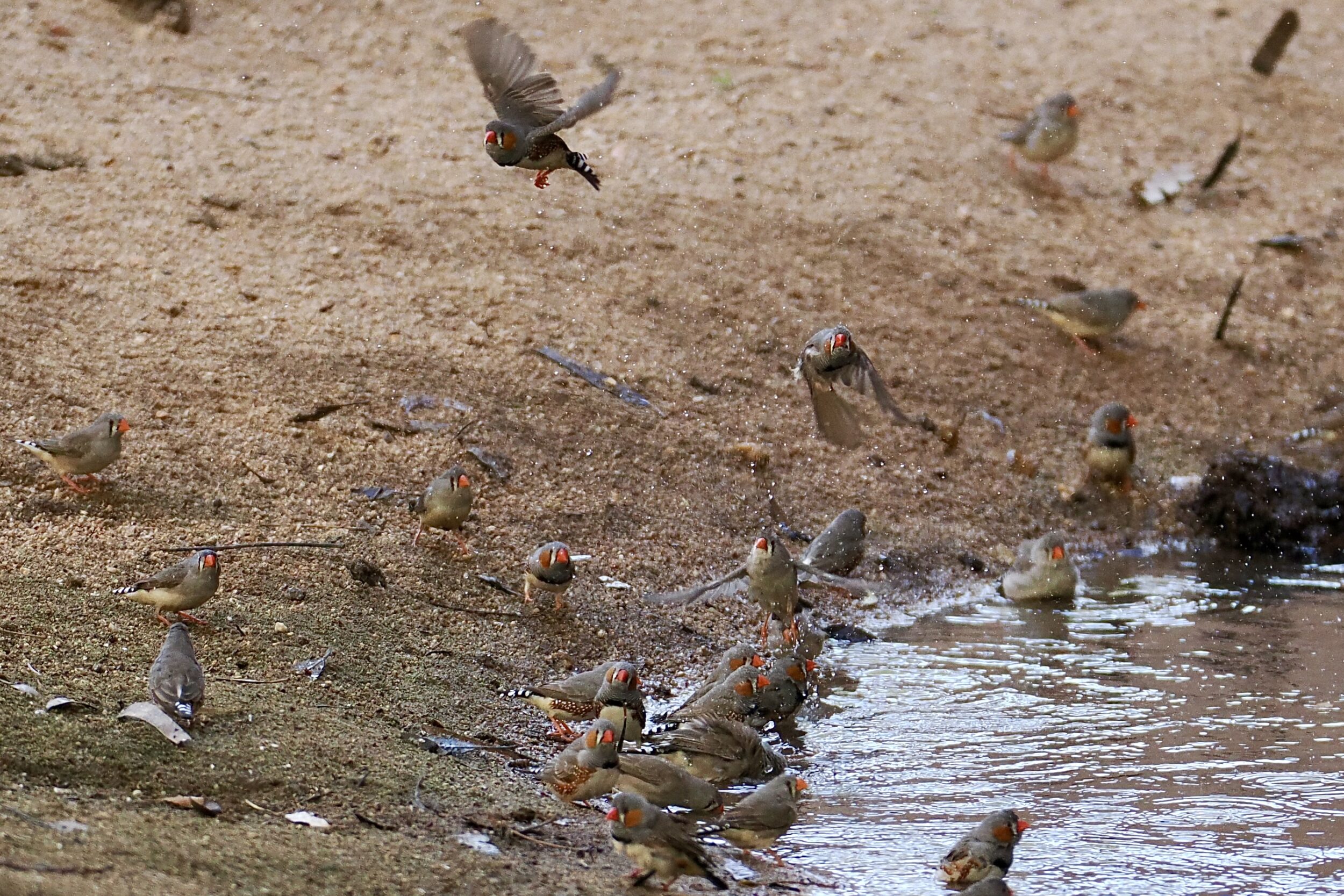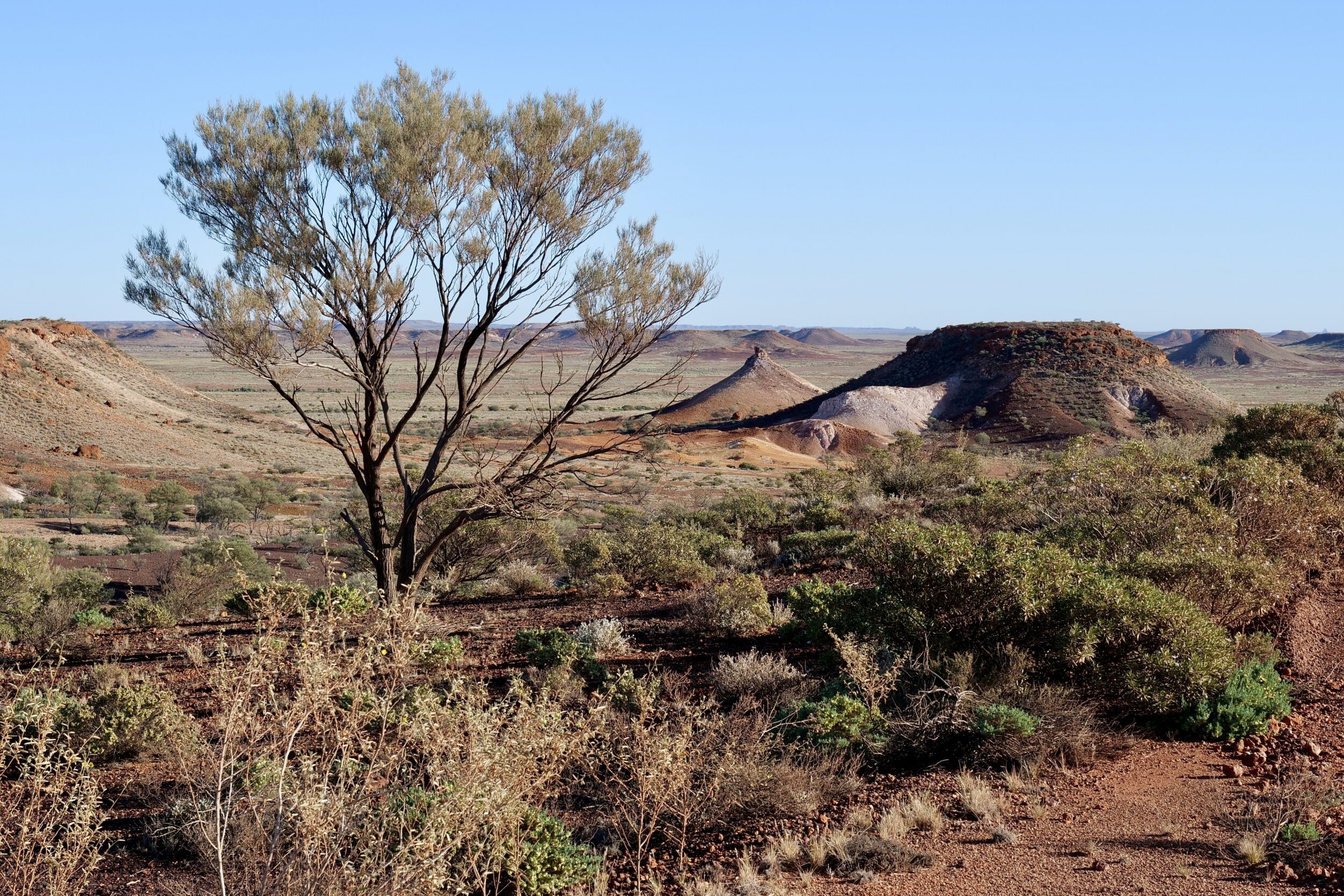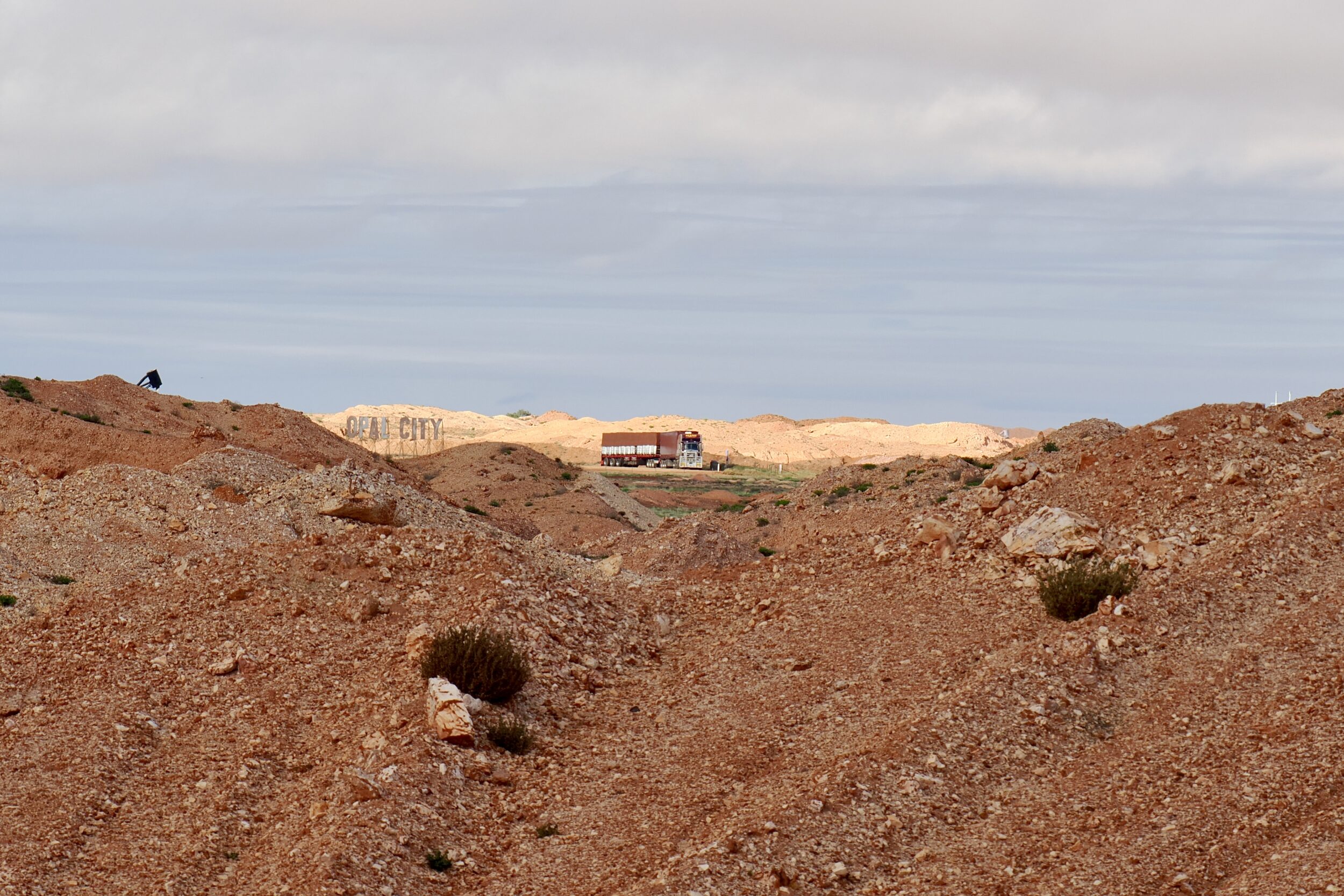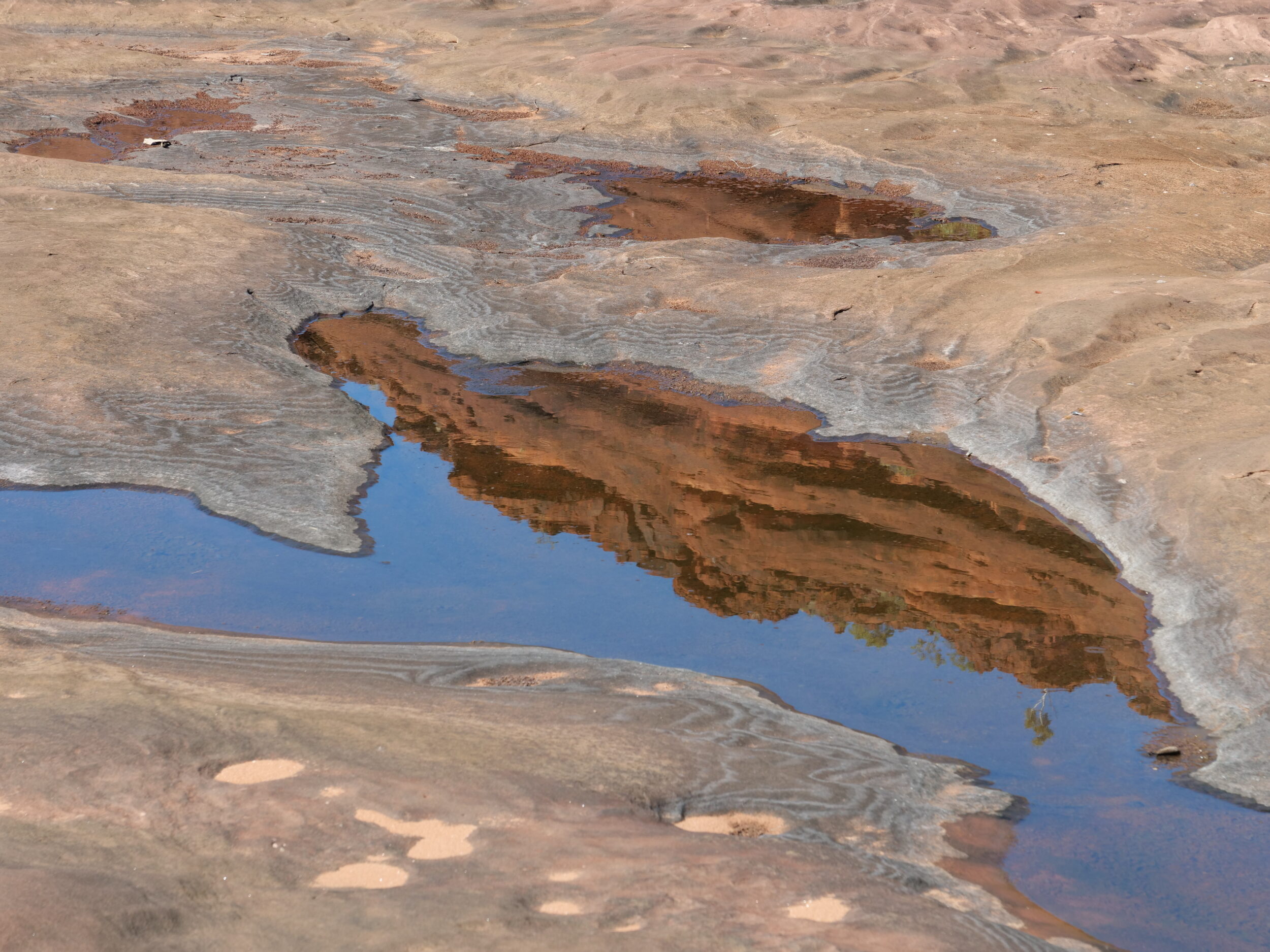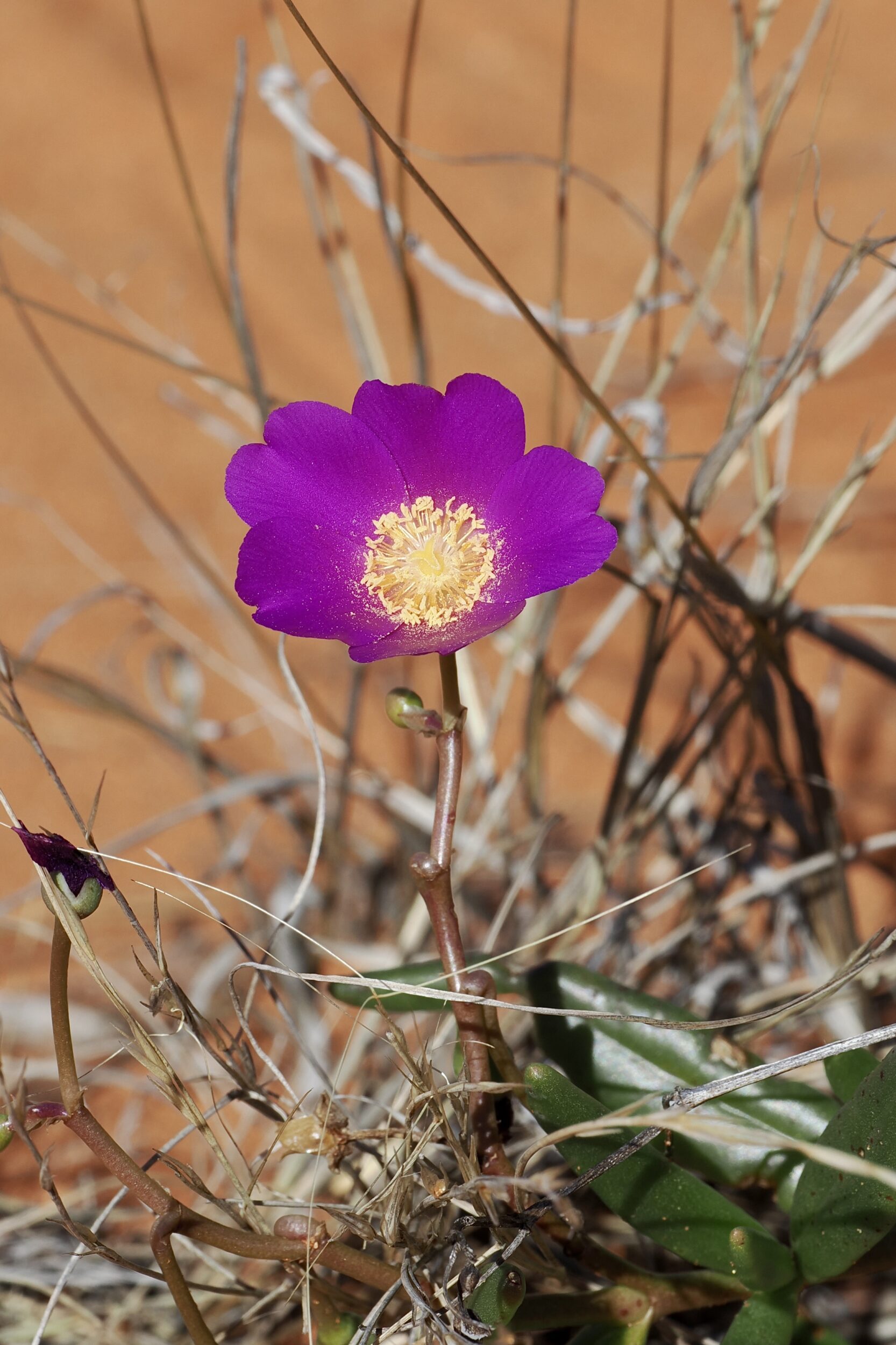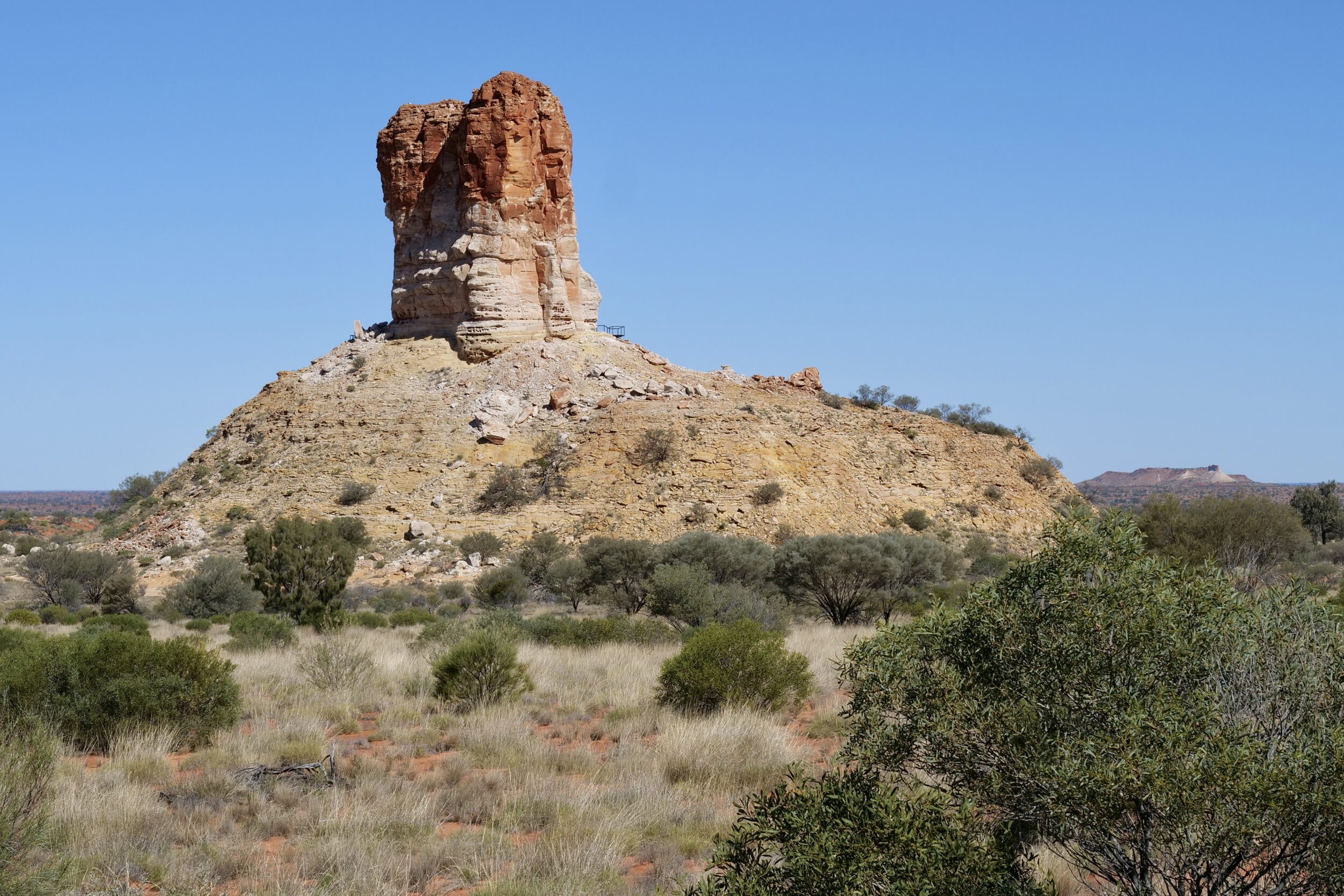Even by Australian standards, this post’s hero is a relatively modest mountain.
130 kilometres west of Alice Springs, Mount Sonder (1,380 metres) is the Northern Territory’s 4th highest peak; with the sole exception of Western Australia, all other Australian States (& the ACT) have considerably higher mountains.
Everest (which I have seen, “in person”, albeit from some distance) comprehensively dwarfs it, but is no lovelier.
Mount Sonder is one of the most beautiful mountains I have ever seen.
Comments closed